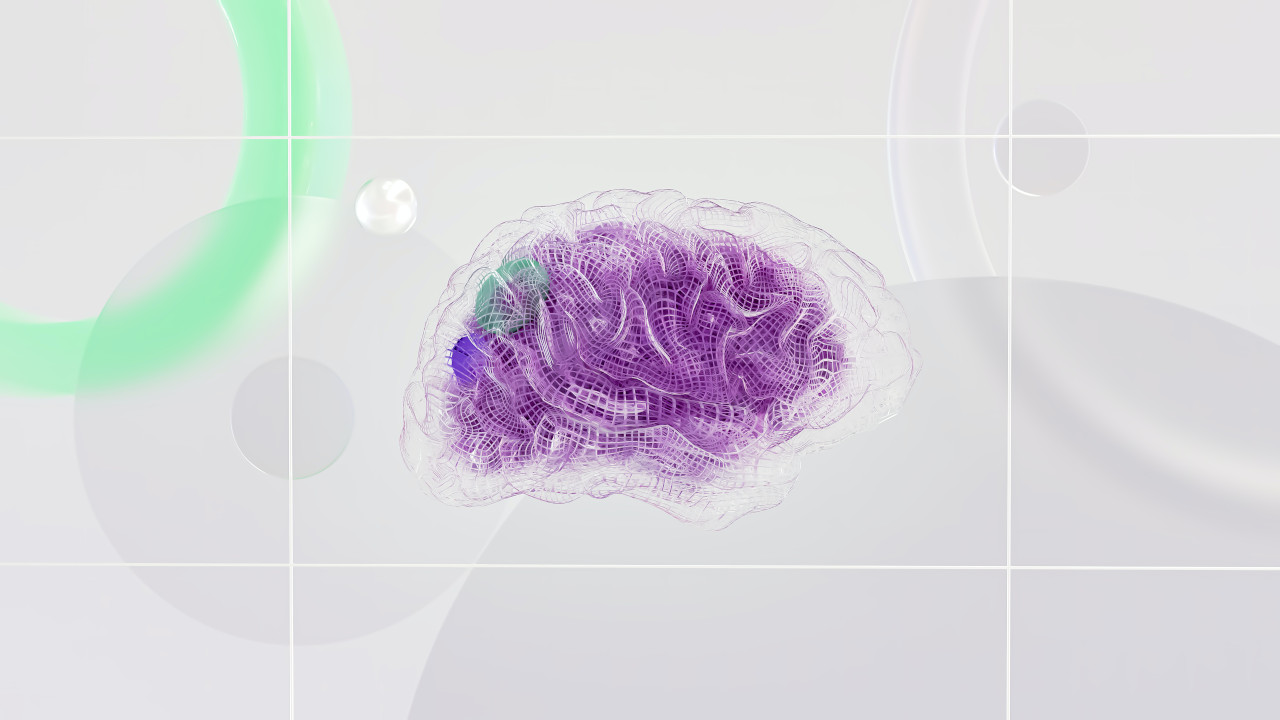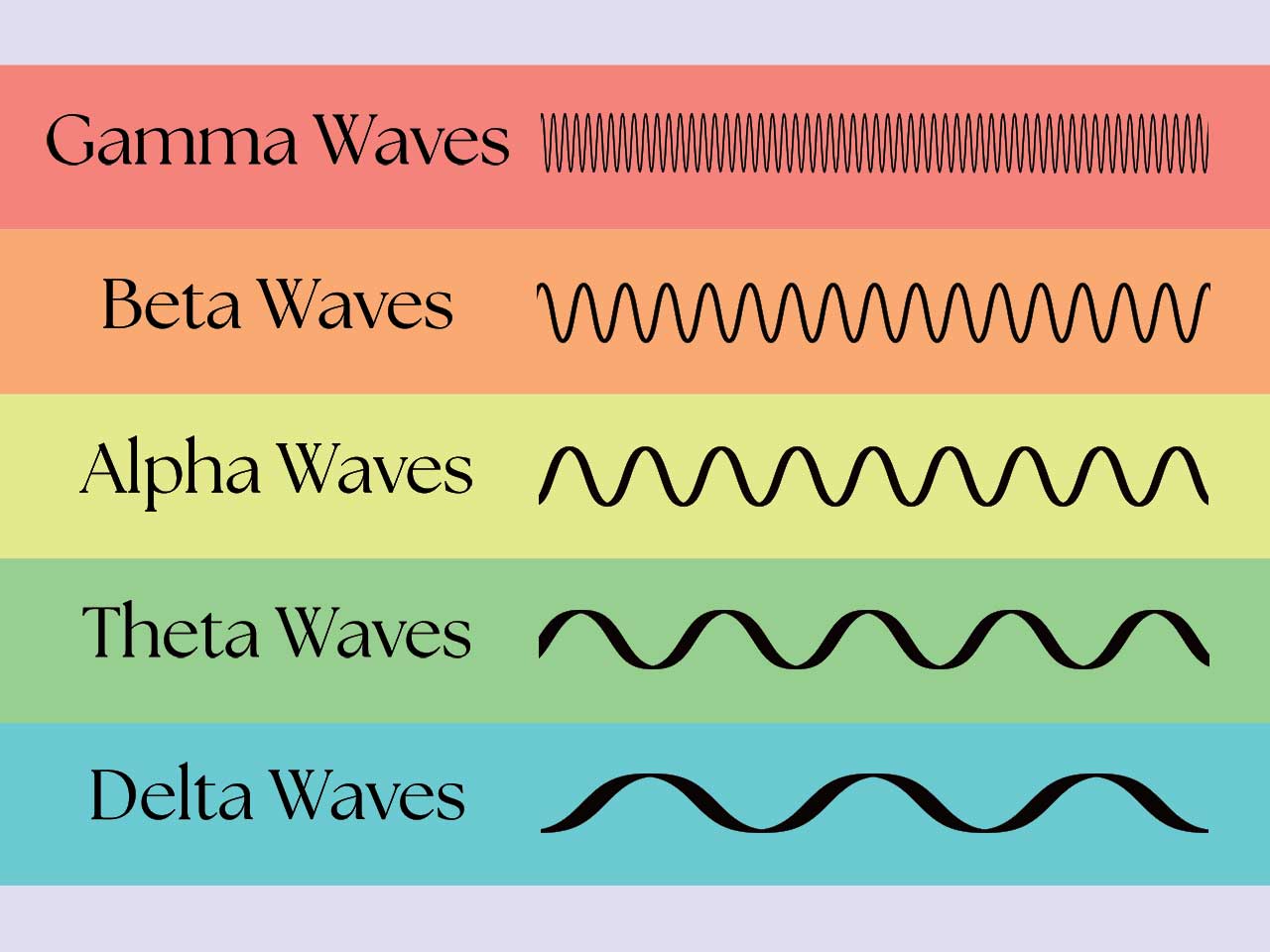In September of 2002, a remarkable research study was done to measure the brain waves of a Tibetan Buddhist monk while he was in a state of meditation.
Mingyur Rinpoche traveled over 7,000 miles from his hilltop monastery near Kathmandu, Nepal to the University of Wisconsin in the city of Madison, where one of the most renowned brain labs in the world is located.
The research team was led by lead researcher Richard Davidson — a neuroscientist at the University of Wisconsin-Madison who had been meditating for over 40 years.
During the study, Rinpoche had his brainwave activity measured while he meditated. He was asked to meditate on compassion for one minute, followed by 30 seconds of rest, four times in a row.
When the researchers first looked at the scans, the results were so shocking that they thought their equipment was malfunctioning.
As soon as Mingyur began to meditate, there was a huge burst of electrical activity on the monitors. This brainwave activity lasted throughout the entire compassion meditation and continued throughout the three subsequent meditations.
When the researchers examined the activity using functional magnetic resonance imaging (fMRI), which creates a 3D video of brain activity, Mingyur’s brain circuitry for empathy was found to be 700-800 times higher during the meditation periods compared to the rest periods.
This finding was not unique to Mingyur, as the 21 other Buddhist monks who participated in the neuroscience research also showed similar results in their brainwave activity.
Compassion And Gamma Brain Waves
The researchers discovered that all the monks had significantly elevated gamma brain waves, not only during meditation but also during baseline measurements of their everyday brain activity.
Gamma brain waves are the brainwave frequency that is the fastest and occur when different brain regions fire in harmony. For most people, gamma wave bursts last a fraction of a second, but for the monks in this study, the bursts surprisingly lasted for up to a full minute of meditation.
Neuroscientists believe that gamma waves link information from all parts of the brain together, causing the brain to work most efficiently. High levels of gamma have been linked to exceptional intelligence, compassion, happiness, and peak experiences.
The benefits of producing gamma include improved memory and recall, increased sensory perception, improved focus, increased brain processing speed, and a better mood.
The findings of this study suggest that meditative states can result in permanent transformation in the brain.
Yogis like Mingyur seem to experience an ongoing state of awareness in their daily lives, not just when they meditate.
This state of awareness is characterized by high levels of gamma brain waves, which may contribute to their exceptional mental abilities and compassionate nature.
The daily practice of meditation can transform the circuits in our brain that help regulate attention and emotion can be transformed.
Here’s a short clip from the documentary A Joyful Mind about the study with Mingyur Rinpoche.
- How The Muse S Athena Works For EEG And fNIRS Neurofeedback - April 24, 2025
- The 10 Best Pomodoro Timer Apps For Remote Workers - April 11, 2025
- Hacking The Flow Cycle: Brainwaves, Creativity and Flow States - April 11, 2025





 This website uses cookies to improve your web experience.
This website uses cookies to improve your web experience.